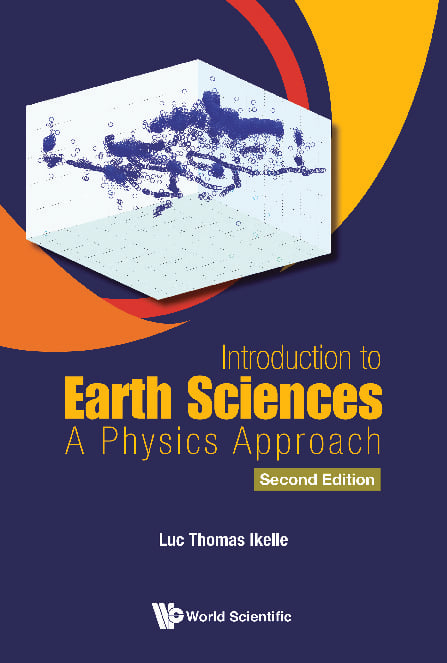Introduction to Earth Sciences
Introduction to Earth Sciences
For more than seven decades, geophysicists have made significant contributions to the description of solid Earth and deep space, based on the physical properties; on the exploration and production of the resources deep in the ground; and on an unders...
Read more
For more than seven decades, geophysicists have made significant contributions to the description of solid Earth and deep space, based on the physical properties; on the exploration and production of the resources deep in the ground; and on an understanding and mitigation of the hazards associated with the Earth's dynamics, such as volcanic eruptions, earthquakes, tsunamis, landslides, hurricanes, droughts, etc. These types of events are so important that they directly affect where we live on the Earth's surface as well as the sources of food, energy resources, and minerals — and such events can affect our very survival. Yet, most universities still do not have a course focusing on an introduction to geophysics — the so-called 100-level geophysics course. All of the twelve chapters from the first edition have been improved and/or expanded. In addition to these improvements, six new chapters have been added in this second edition. The new chapters encompass: gravity, microgravity, earthquake cycle, heat variations in the subsurface, Earth's magnetic field, electricity storage, energy prices, and a more detailed description of our current understanding of Solar system and the applications of this understanding to life on Earth. This new edition can also be used in 100-level physics classes. The basic physics of matter is covered in detail along with some highly important problems and questions posed and addressed by modern physics and in Geophysics, which is actually a branch of physics.
Less





























